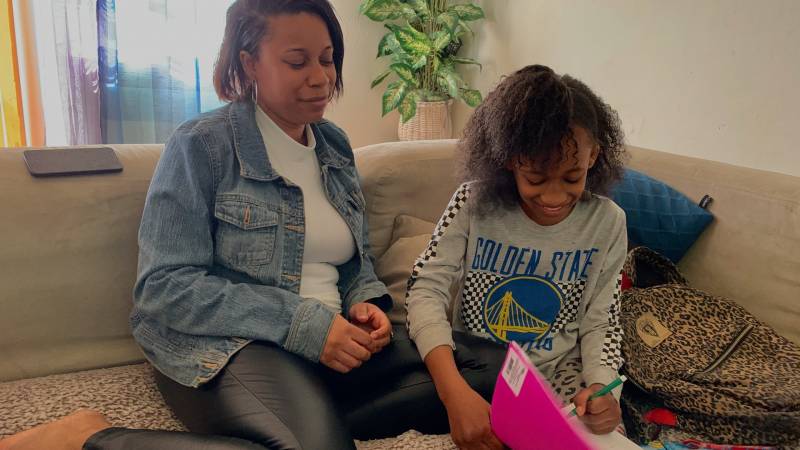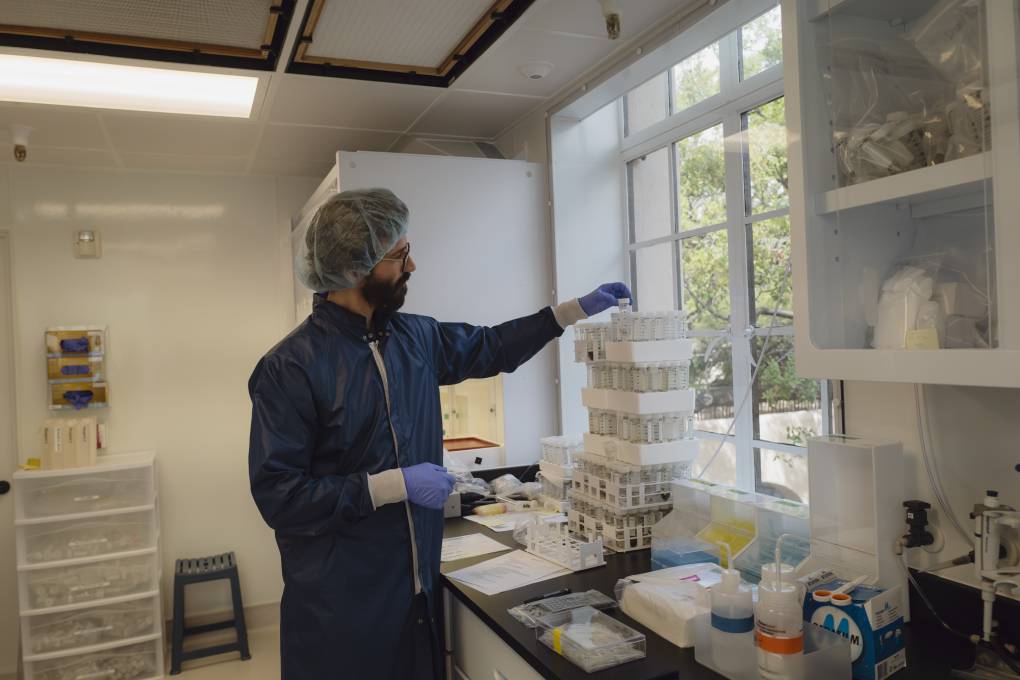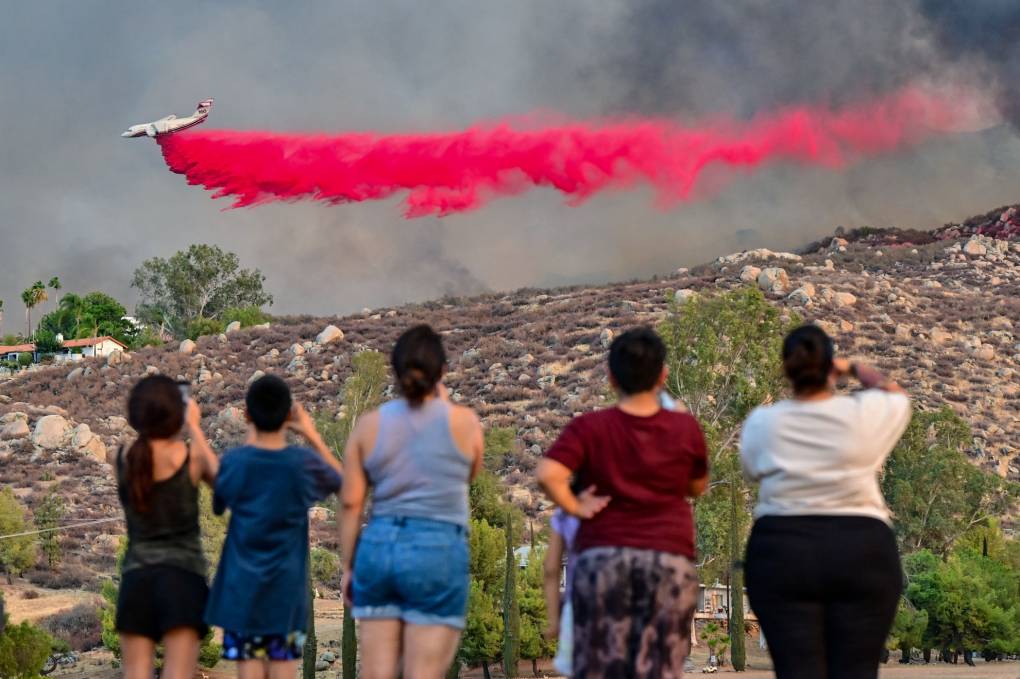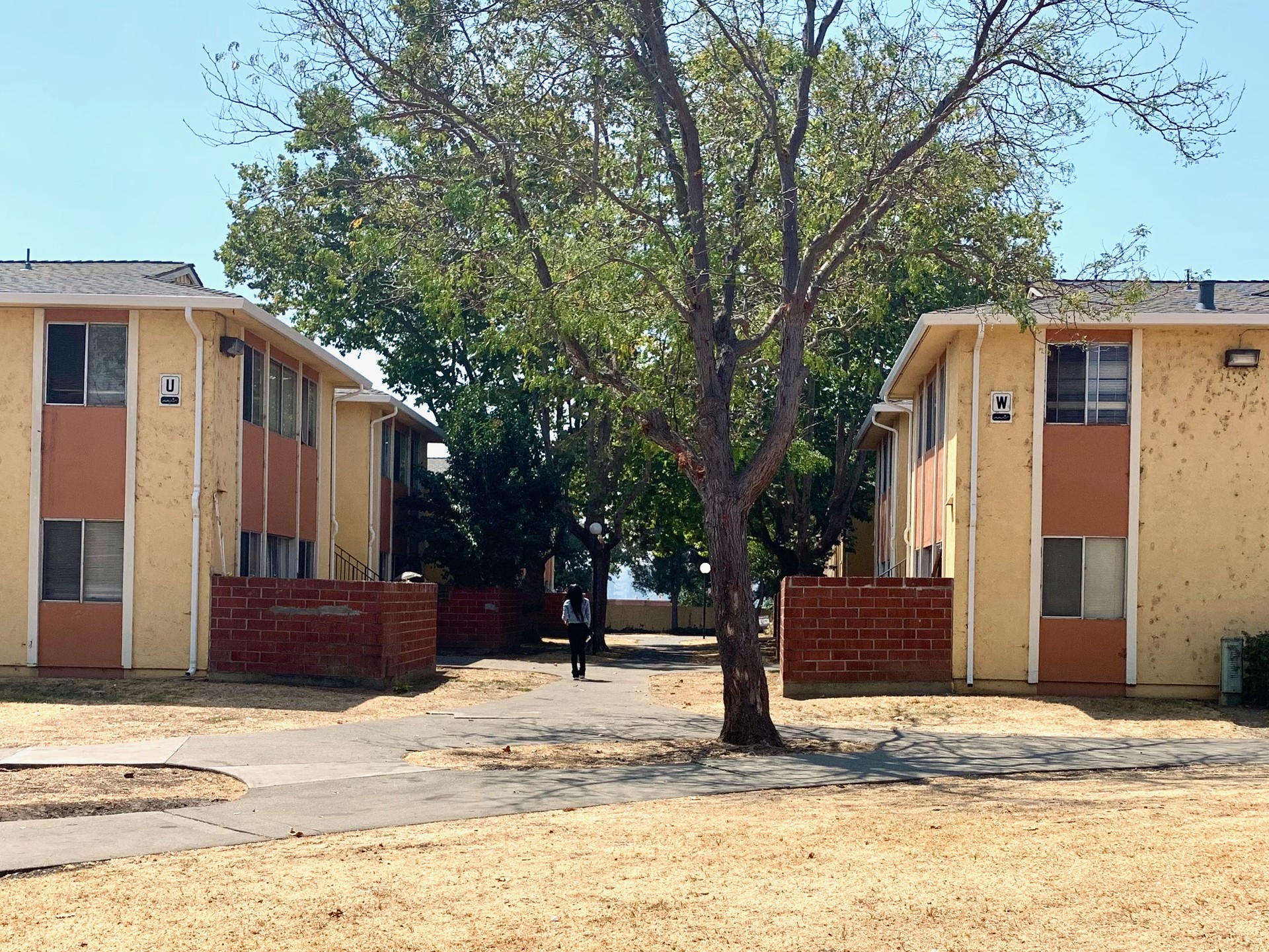Ta’Kira Dannette Byrd is thin and lithe, like a blade of wild grass swaying in the wind. The little girl was diagnosed with asthma when she was 5 years old. Her first major health crisis came three years later.
She remembers being “really really sick” all day. Then, in the middle of the night, her cat went bounding into mom’s room, yowling, and woke her up.
“I guess, like, my face was all purple and stuff and I couldn’t breathe,” said Ta’Kira, now 11.
Her mom, Shawntierra Dolton, came running into the living room, where Ta’Kira sleeps. She took one look at her daughter’s face and “hurried up and put the treatment on her.” Then they rushed to the hospital.
In the years that followed, the routine became an all-too-regular part of life for the Vallejo family. And the massive wildfires that burned every year almost certainly played a role.
Extreme fire seasons seem to be the new normal in the American West. The spate of lightning-sparked blazes that recently blanketed California in unhealthy smoke is just the most recent reminder.
But not everyone is affected equally. Just as we’ve seen with the coronavirus pandemic, place and race play a role.
Ta’Kira lives with her mom and two younger brothers at the Marina Vista Apartments — a low-income housing development comprised of blocky two-story buildings in downtown Vallejo. According to the California Healthy Places Index, developed by the Public Health Alliance of Southern California, their neighborhood is one of the least healthy in the entire state.
Among the poor health outcomes: high asthma rates.
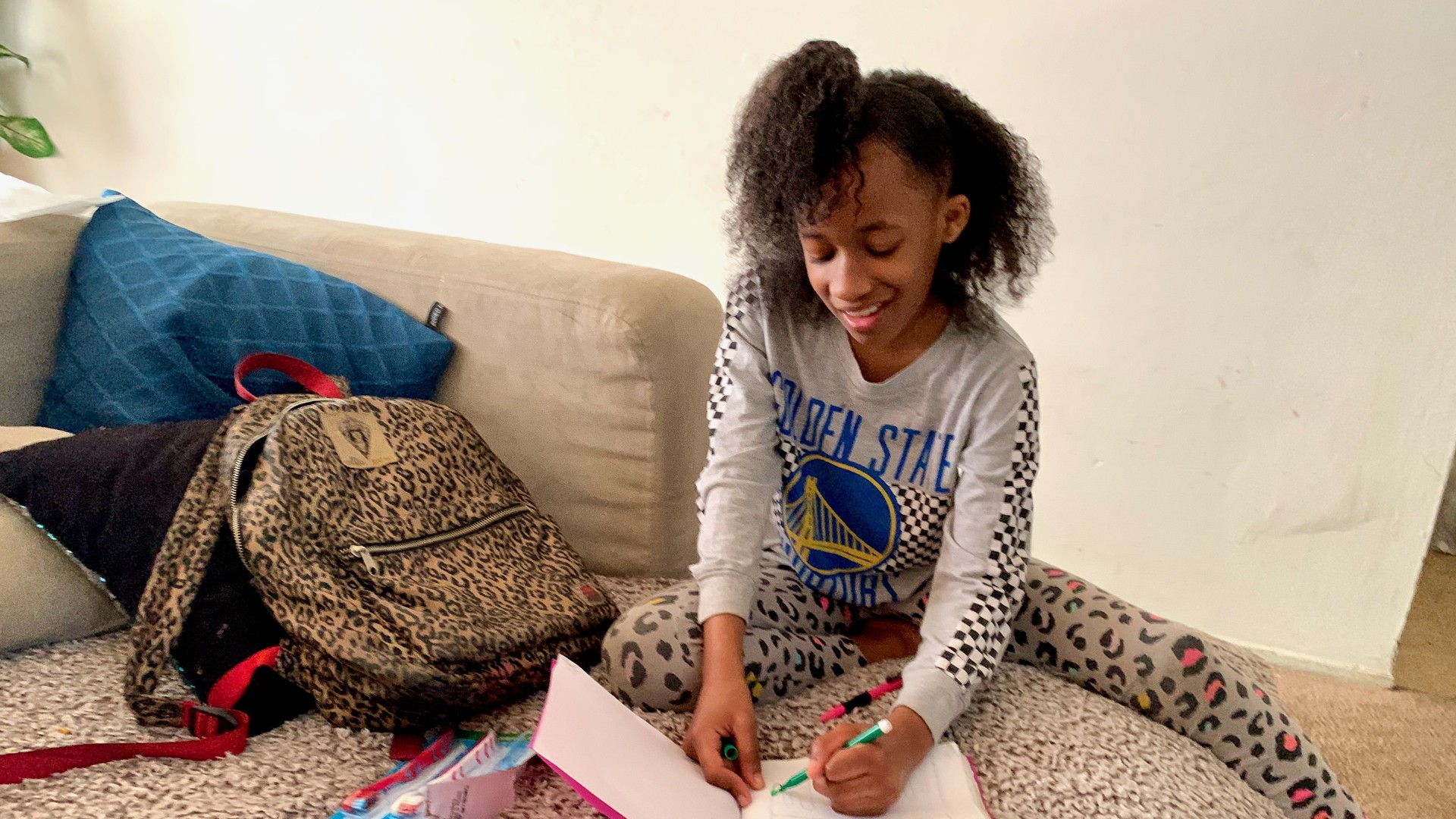
For Ta’Kira, living with a condition that regularly inflames her airways can be scary.
“When we have PE and I run a lot, it makes me feel kind of weak and stuff,” she said. “It feels like my lungs are just closing up.”
Still, Ta’Kira tends to put a positive spin on things — even during an emergency treatment of oxygen and helium that doctors administered during that first hospitalization, to open up her lungs. Known as Heliox, the treatment is reserved for the most serious cases.
“I was put on that for an hour,” she said in a playful sing-song, “and I couldn’t even talk because the thing was on my mouth and on my nose. It made me sound like a squeaky mouse.”
Days later, Ta’Kira went home with a bunch of new prescriptions. But her medical records, which Shawntierra shared with KQED, reveal that she ran out of some key maintenance meds over the next few years — partly because of hitches with her Medi-Cal, the state’s government insurance program that serves low-income families.
